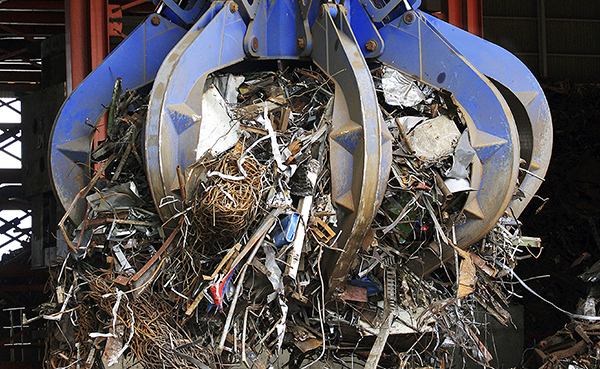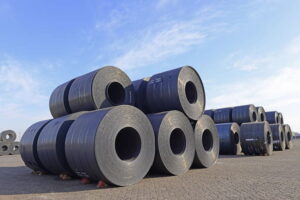The Ukrainian association of secondary metals, UAVtormet, says it is studying the rollout of equipment to process military hardware into ferrous scrap amid Russia’s invasion of Ukraine, Kallanish notes.
“We are already studying processing technologies that will be presented to the members and partners of our association,” says UAVtormet. The association refers to a video of a German company that specialises in dismantling military equipment for scrap.
Earlier, Interpipe Vtormet chairman Valentin Makarenko noted that ferrous scrap in Ukraine is a strategic raw material. “Of course, this [destroyed or seized military equipment] is metal, this is ferrous scrap, and we have noted all the time that in Ukraine there has always been a very difficult situation with this raw material,” Makarenko said.
“If equipment is no longer suitable for use – cars, armoured personnel carriers, equipment of some other composition – then this is already scrap metal,” he added. “An individual can turn in such a tank and other used equipment for scrapping and receive money.” Before the war, one tonne of scrap for delivery cost UAH 9,000 ($303), he explained.
According to the General Staff of the Armed Forces of Ukraine, as of 15 March, Russian military losses amounted to more than 404 tanks and 1,279 armoured combat vehicles, as well as other equipment.
Ukrainian enterprises reduced exports of ferrous scrap in January by 70.4% on-year to 5,690 tonnes, while in December about 68,170t of scrap were exported (see Kallanish passim).
In December 2021, Ukraine’s parliament decided to increase the duty on the export of ferrous scrap to €180/tonne ($199). Ukrainian mills have long complained there is insufficient domestic scrap supply to meet their needs.
Before the war, national steel association Ukrmetallurgprom predicted that Ukrainian steelmakers will consume about 3.84 million tonnes of ferrous scrap in 2022. Metinvest estimated its need for scrap this year at about 1.9mt.
Svetoslav Abrossimov Bulgaria






